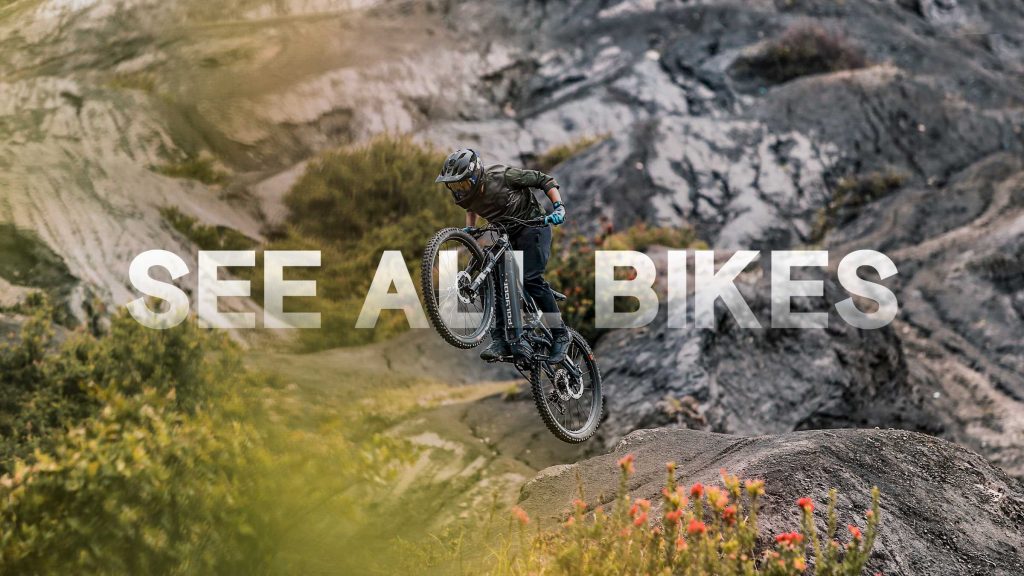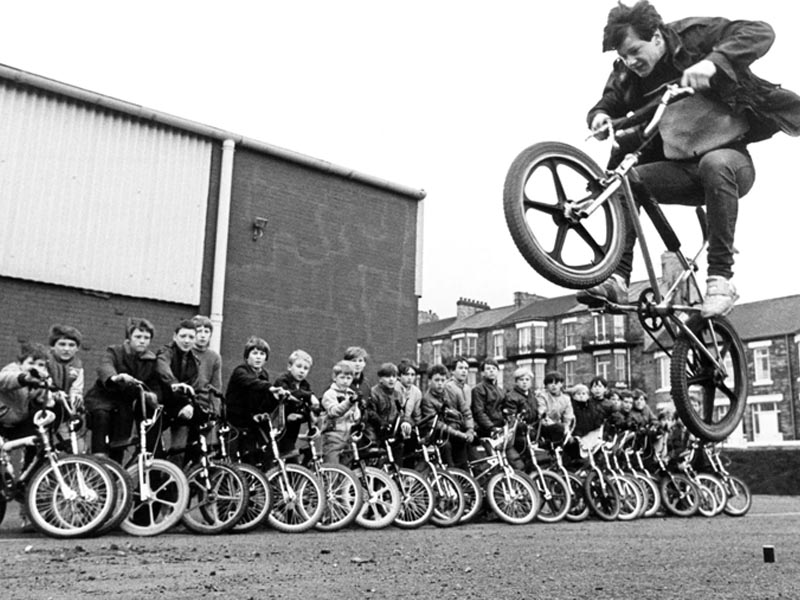Compact, rugged, and packed with attitude, BMX bikes have become a symbol of fearless fun and skillful riding. Seen at skateparks, city alleys, Olympic arenas, and YouTube reels, BMX is more than a bike; it’s a culture.
But before landing tailwhips and flying over gaps became the norm, it all started with kids racing on dirt in Southern California.
Looking back on BMX history is like flipping through a photo album of innovation, rebellion, and endless creativity, every chapter wilder than the last.
Chapter 1: Southern California’s Dirt Revolution (Mid-1960s)
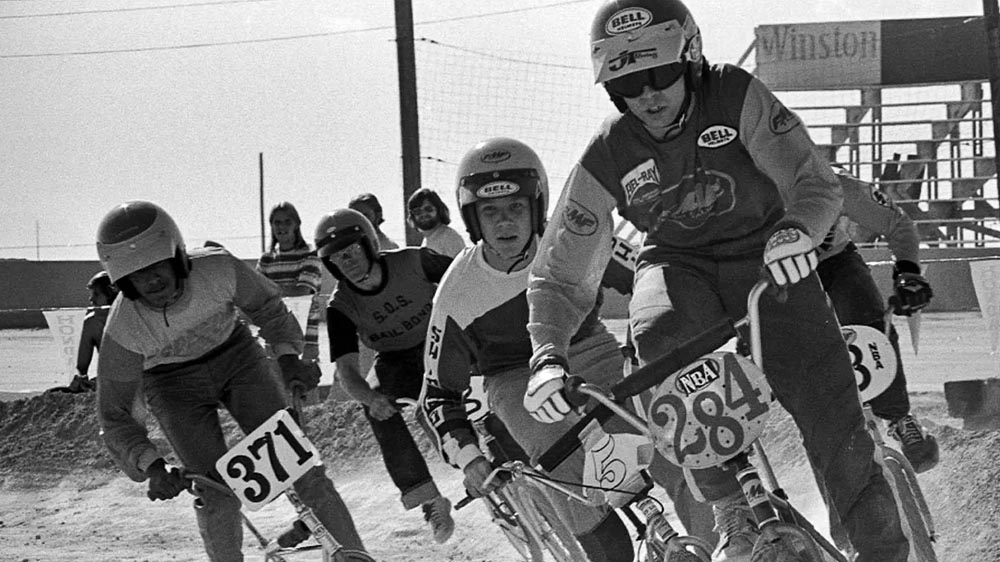
Back in the 1960s, motocross was booming in the U.S., and kids across Southern California were captivated by the speed, style, and thrill of the sport.
Not everyone could get their hands on a motorbike, so they did the next best thing: they turned their pedal-powered bicycles into motocross lookalikes.
Banana seat bikes like the Schwinn Sting-Ray were stripped down, fitted with knobby tires, and pushed to their limits on dirt trails and vacant lots. The style was raw, the races were unofficial, but the energy was unmistakable.
What started as weekend fun quickly turned into something bigger. The term “BMX” hadn’t entered the picture yet, but the seeds of the sport were already in the ground, literally.
Chapter 2: A Movie Scene That Changed Everything (1971)
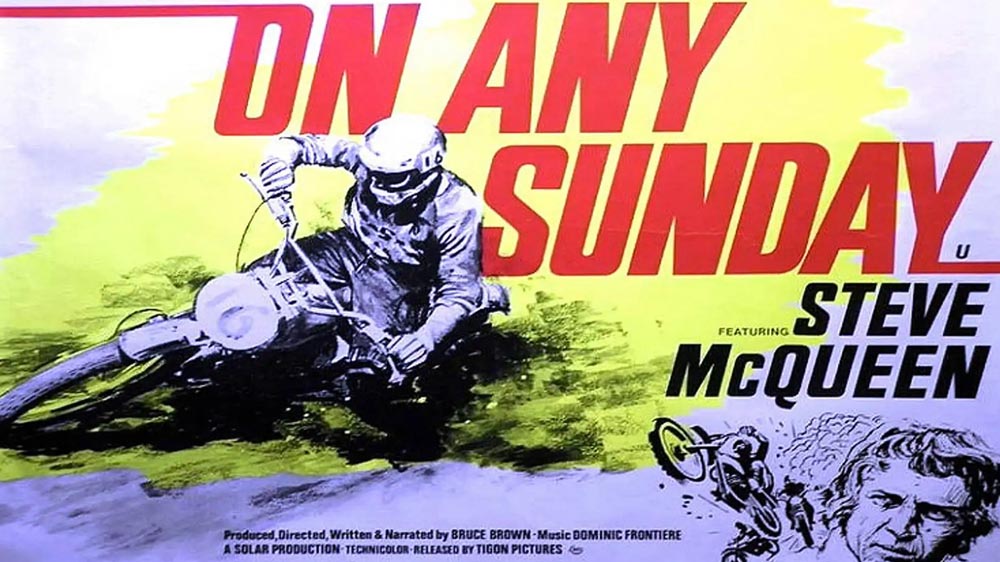
In 1971, On Any Sunday, a documentary about motorcycle racing, unexpectedly gave BMX its first real push. One short scene showed a group of kids racing their bicycles through a makeshift dirt track. It wasn’t the focus of the film, but it lit a spark.
That scene resonated across neighborhoods far beyond California. Kids everywhere saw themselves in that moment, racing, skidding, and jumping like their motocross idols.
Soon, bike shops were flooded with requests for rugged bikes. Manufacturers noticed. Dirt riding on pedal bikes wasn’t just a passing fad anymore; it was becoming a movement.
This brief scene was a turning point. BMX wasn’t just something kids did for fun; it was becoming a recognizable riding style with its own attitude and audience.
Chapter 3: The Birth of a Real Sport (1973–1980s)
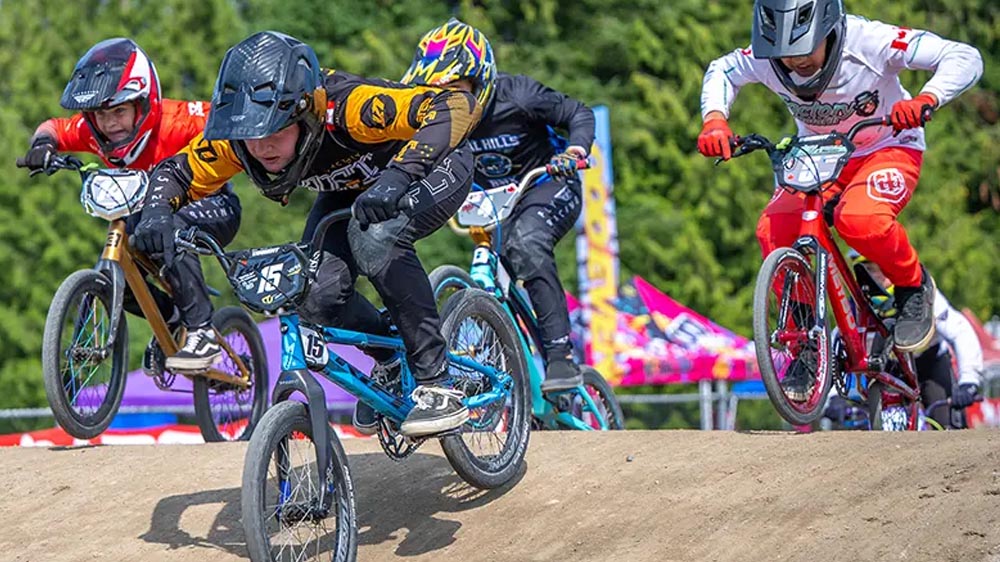
By the early 1970s, the underground BMX scene was growing fast. Riders were organizing informal races, sharing tips, and modifying their bikes with whatever they could find. But something was missing: structure.
That changed in June 1973 when BMX pioneer Scot Breithaupt launched Bicycle Motocross News, the first publication dedicated to the sport. It gave riders a platform to connect, share stories, and follow race events happening in other cities. Breithaupt also began hosting organized races, helping define the sport’s format and rules.
Not long after, organizations like the National Bicycle League (NBL) and American Bicycle Association (ABA) stepped in, introducing standardized classes and race formats. By the end of the decade, BMX racing was a full-fledged sport. Riders had sponsors, race schedules, and even TV coverage in some areas.
This period was crucial in shaping BMX into a recognized competitive discipline in the U.S.
Chapter 4: A Worldwide Movement (1990s–2000s)
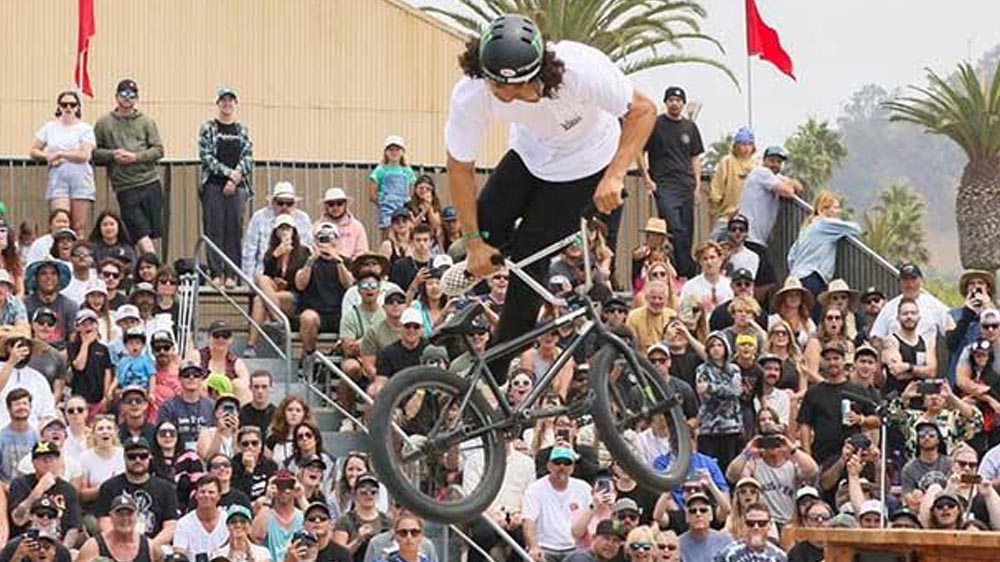
By the 1990s, BMX had evolved in two directions: racing and freestyle. While racing remained strong, a new breed of riders emerged, turning skateparks and street corners into their playgrounds.
Freestyle BMX focused less on speed and more on tricks, creativity, and expression. This style took off globally, thanks to video tapes, magazine coverage, and eventually internet forums. Riders like Mat Hoffman and Dave Mirra became international stars, performing gravity-defying tricks in front of packed arenas and television audiences.
In 1995, BMX freestyle joined the X Games, a move that exposed millions to the sport’s energy and talent. Around the same time, global events and competitions were bringing BMX into new regions, Europe, Asia, and South America. Riders from around the world weren’t just catching up; they were innovating and influencing the scene themselves.
In 2008, BMX racing entered the Olympics at the Beijing Games. That recognition opened new doors. A little over a decade later, freestyle BMX followed, making its debut at the Tokyo 2020 Olympics. BMX had officially gone global.
Chapter 5: The Modern BMX Era
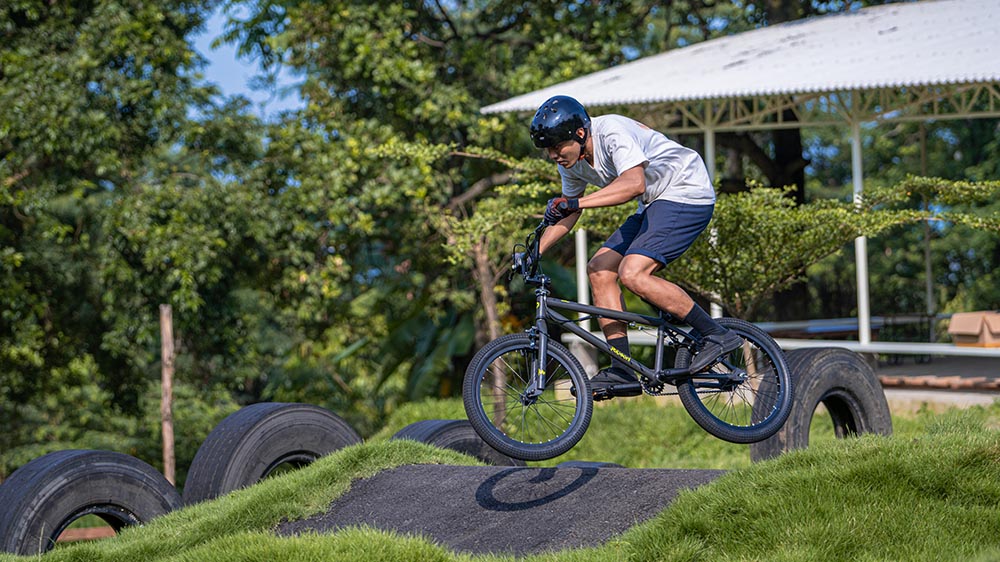
Modern BMX bikes are the result of decades of evolution. Built tougher, lighter, and more responsive, today’s bikes are designed for both performance and punishment.
There’s more specialization now, too. Freestyle bikes are built for tricks and precision, while race bikes are all about speed and stability. There are bikes made for street, park, dirt, and flatland, each with its own geometry, materials, and component choices.
Beyond gear, BMX culture continues to grow, especially online. Riders around the world share clips, tutorials, and edits that fuel inspiration. It’s never been easier to learn, connect, or start riding.
And while today’s BMX scene is more global and technical than ever before, the core values haven’t changed: creativity, freedom, and pushing limits.
Read also
Why BMX Still Matters?
There’s something timeless about riding a BMX. Maybe it’s the freedom to jump curbs, ride anywhere, or express style through movement. Or maybe it’s the simplicity, just a strong frame, two wheels, and endless possibilities.
BMX isn’t just for pros or daredevils. It’s for anyone who wants to have fun on two wheels, build bike control, and experience a different kind of ride. It’s the kind of bike that invites play and rewards progression.
And for younger riders, there’s no better way to build confidence. Learning to manual, bunny hop, or drop in teaches more than bike skills; it teaches balance, resilience, and flow.
Conclusion: A Ride Worth Remembering
From kids racing in dirt lots to athletes performing on Olympic stages, BMX history is a story of passion, invention, and the power of play. It’s a story still being written, as new riders discover what this simple bike can do.
Ready to join the movement? Whether you’re just starting out or leveling up, explore the full range of BMX bikes at Polygon’s BMX collection, built to ride hard and last long, just like the culture they come from.


